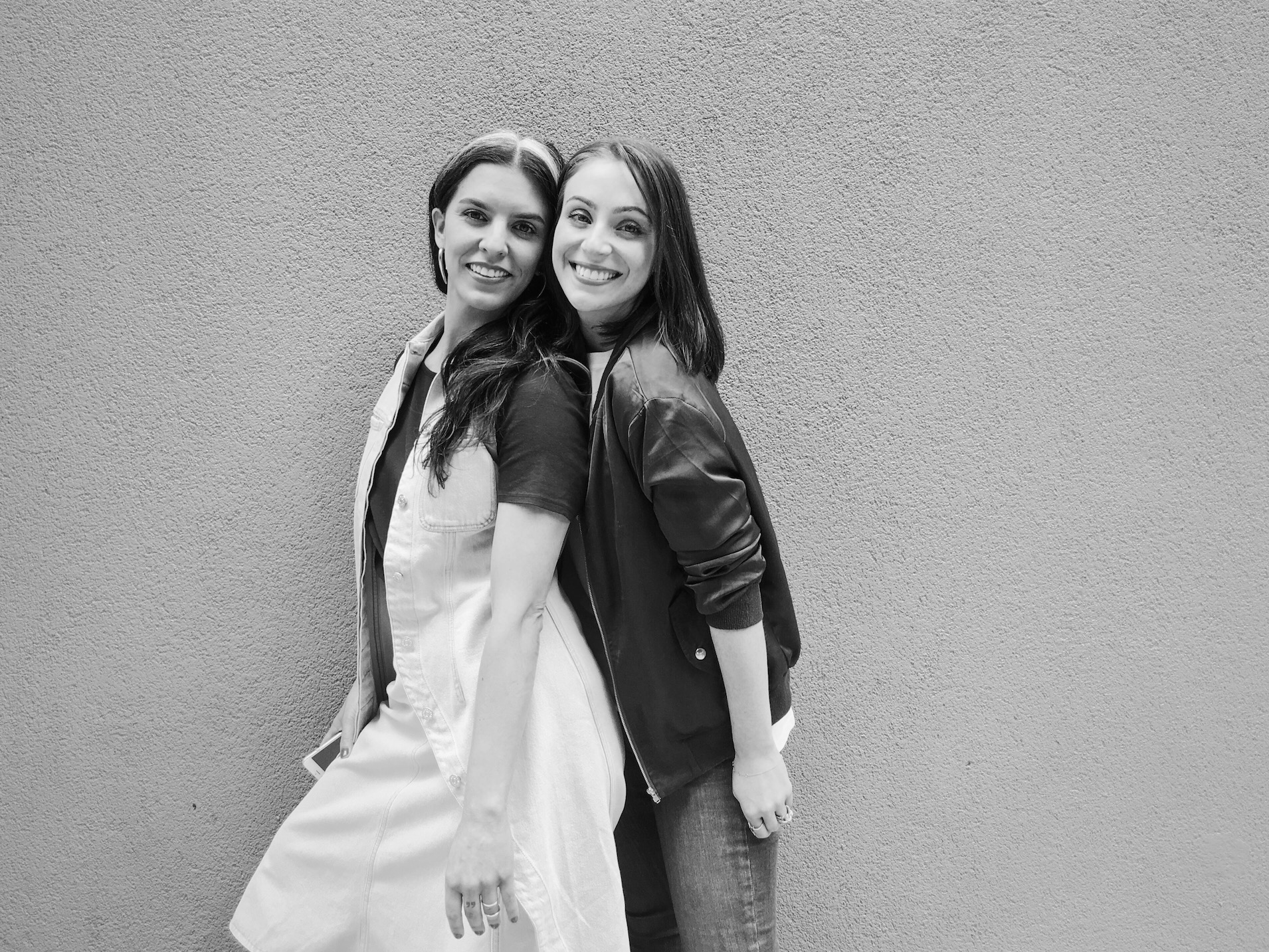By Yelena Shuster
As someone who helps students brag about themselves for their admissions essays, I’ve learned there’s a fine line between impressing someone and irritating them. Cover letters are the same deal—especially in the magazine world where you’re hoping to prove you’re the best writer for the job. (#NoPressure). Check out my killer tips for wowing editors’ socks off without turning them off.
1) Make It About Them. Not You.
Just like you would personalize your application to each college you apply to, you should also customize your cover letter to each publication or website. Read every page on their website, dig into their press releases and recent news stories, and study their social media accounts. Your cover letter should describe the brand like an insider and mention any recent initiatives. Bonus points if you can mimic their brand voice. (Nothing screams “poor fit” like writing to Seventeen in a too-formal tone or applying to Vogue in text-speak). The best part? If you get to the next step—and with these expert tips, you should—you’ll be totally prepped for the interview.
2) Avoid the First Person.
[Record scratch.] “But the whole point is to tell them about yourself!” you scream in frustration. I know. But the most impressive thing you can be to any company is a team player. And someone who exclusively uses “I” phrases is the clearest giveaway that you’re anything but that. Of course, you’re going to need to talk about yourself, but make sure you add in phrases like “with my design partners, I…” and “Together, we…” to get your collaboration skills across.
3) Keep It Short.
No laundry list of accomplishments needed. That’s what your resume is for. Recruiters spend an average of one minute reading your cover letter. That means you only have seconds to impress them. After reading hundreds of application materials, their eyes start to glaze over and they start dreaming of better days. Keep your cover letter no more than three small grafs: dig deeper into one or two accomplishments that apply to this role directly.
4) Proofread. Then Proofread Again.
Ah, the easiest thing to prevent yet the most common offender. Proofread the letter yourself and make sure you have enough time to send to a trusted editor too. Because of habituation, our eyes aren’t able to notice errors as easily as someone who’s seeing it for the first time.
5) Address The Right Person.
Dead giveaway that you didn’t do your research? “To Whom It May Concern.” With LinkedIn and the rest of the internet, finding the right contact should be simple. Even better? Finding someone in your social network who can refer you directly. That guarantees your materials won’t be sucked into the black hole of HR.
6) For The Love of God, Don’t Attach It.
I can’t tell you how many times editors have vented to me about these inbox-crushing monsters. This is a major pet peeve and newbie mistake that’s easily avoidable. Paste the cover letter into the body of the email and voila! Happy editors make happy hiring managers. 😉
Yelena Shuster is a former Ed2010 editor and current Admissions Guru. After winning the $100,000 Campbell Soup Essay Contest when she was 17—yeah…she peaked early—she now gives high school seniors the competitive college essay edge.
This post originally ran in 2016 and was updated in 2019.



 The Best Downtown Cafes to Get Work Done
The Best Downtown Cafes to Get Work Done